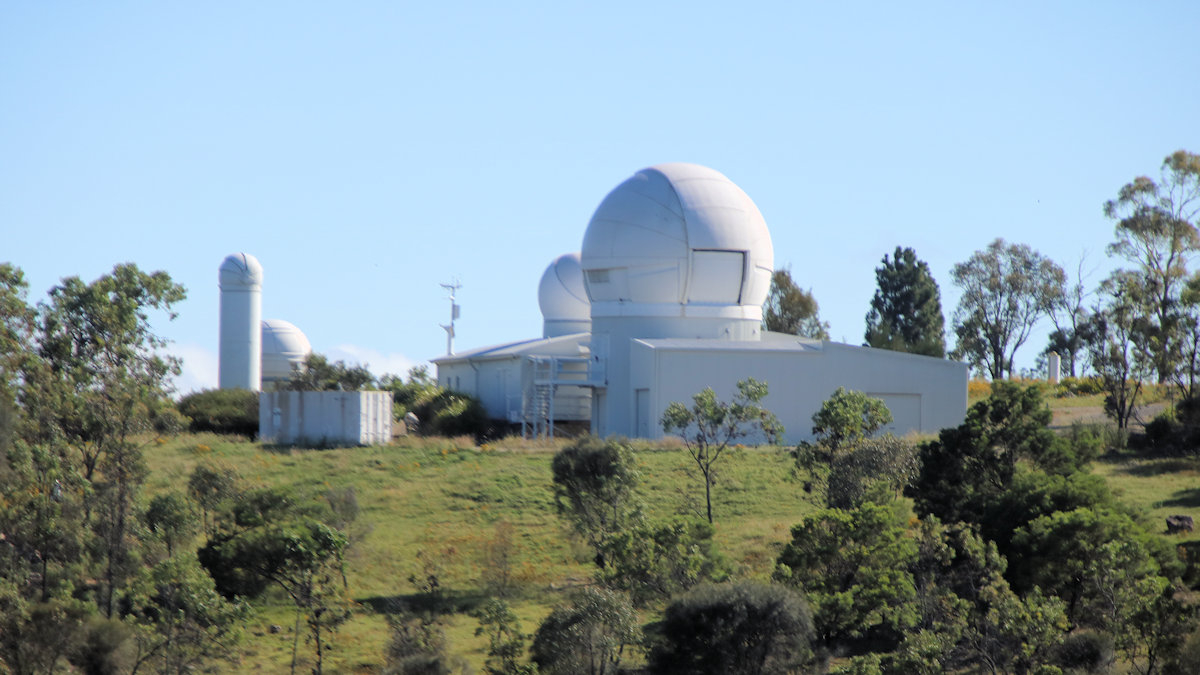Tag: historical buildings
-
Old Parliament House Canberra

Old Parliament House Canberra Only intended as a temporary home for the Australian Parliament, Old Parliament House in Canberra actually operated as the seat of government from 1928 until 1988. At this time the government move to the new Parliament House on Capital Hill. It now houses the Museum of Australian Democracy as well as… Read more
-
Mount Stromlo Observatory Canberra

Mount Stromlo Observatory Canberra Devastated by a severe bushfire in 2003, the Mount Stromlo Observatory no longer undertakes active astronomical observations. Instead, it has become the headquarters of the ANU (Australian National University) Research School of Astronomy and Astrophysics. Despite the destruction caused by the bushfire, the ruins of the observatory domes are worth visiting.… Read more
-
Carradah Park Sydney Australia

Carradah Park Sydney Australia History of the Site The BP refinery at Carradah Park in Waverton has a rich history that dates back several decades. Here is a brief overview of its historical significance: The refinery was established in 1926 by the Anglo-Persian Oil Company, which later became British Petroleum (BP). Its location in Waverton,… Read more